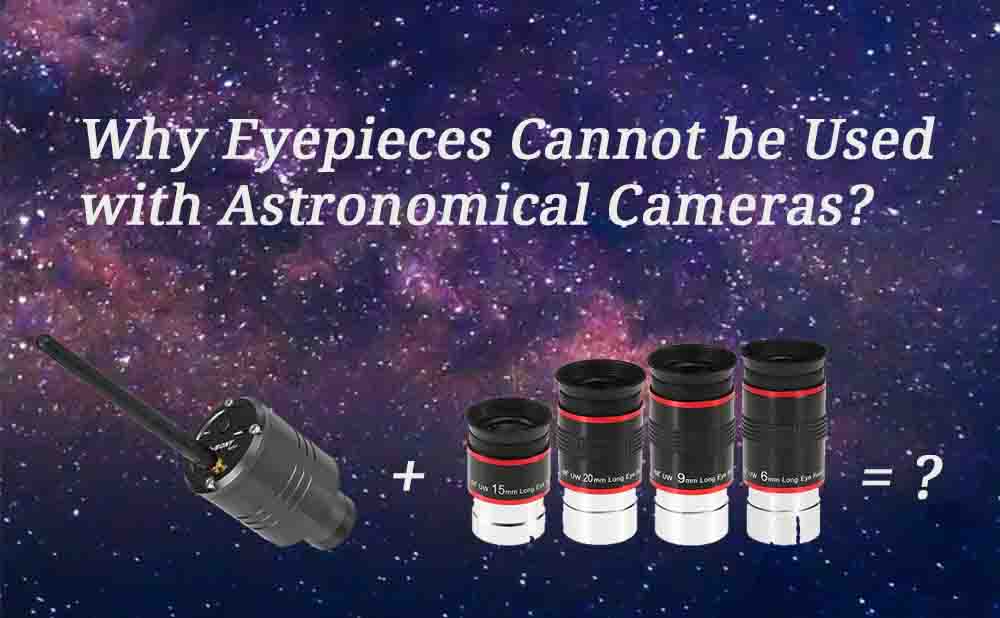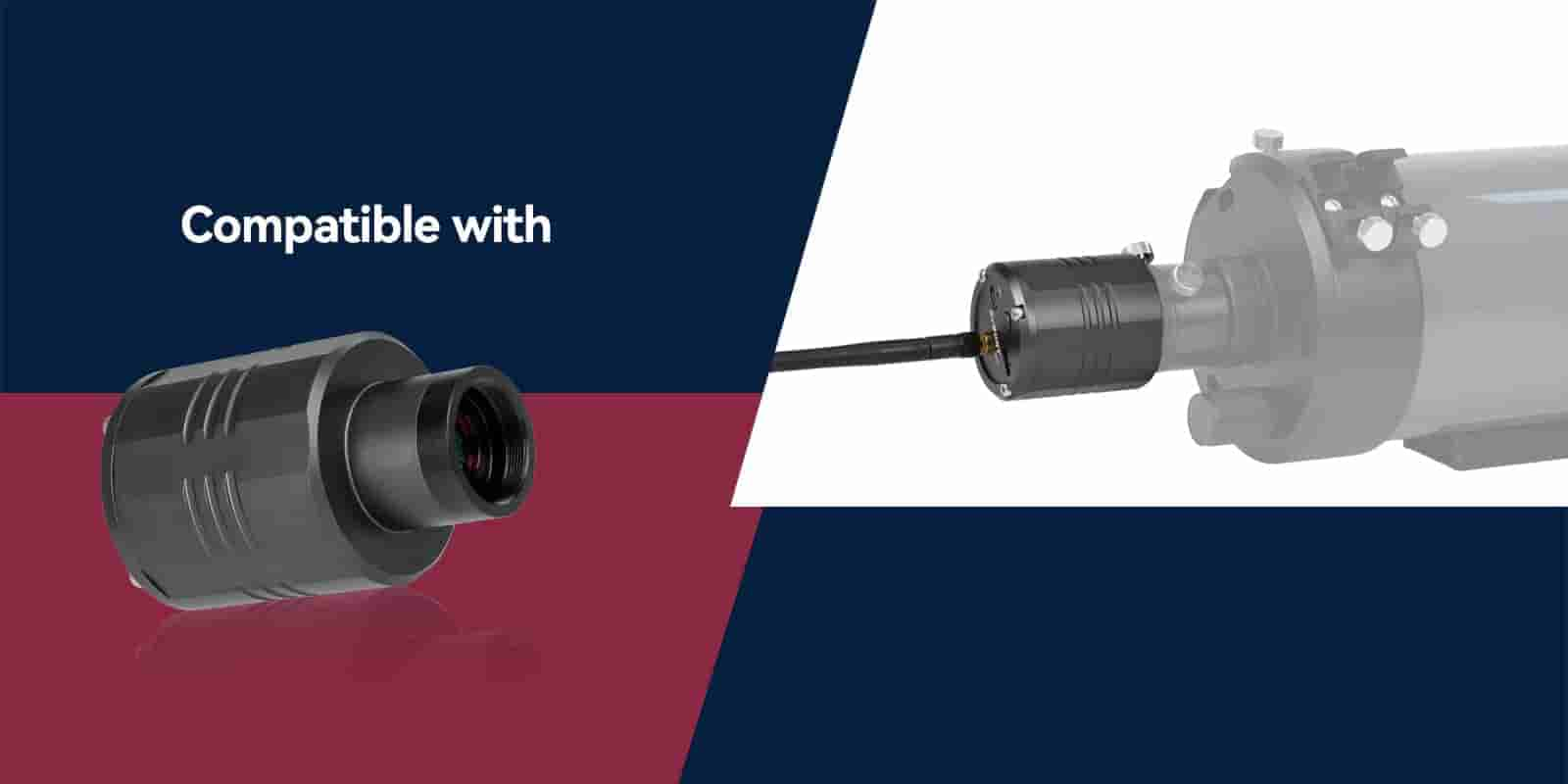Blog
Table of Contents

Why Eyepieces Cannot be Used with Astronomical Cameras?
Introduction:
Telescope eyepieces are essential components of telescopes, providing magnification and allowing observers to view celestial objects in detail. However, it is important to note that eyepieces, commonly referred to as "oculars" or "eyepiece lenses," are not designed to be used directly with cameras for astrophotography. In this blog post, we will explore the reasons why eyepieces are not suitable for use with astronomical cameras.
Optical Design Differences:
Eyepieces are designed to project an image directly into the observer's eye when looking through a telescope. They are optimized for visual observations and are not equipped with image sensors. In contrast, astronomical cameras are specifically engineered to capture light and convert it into digital images using dedicated image sensors. The optical designs of high-quality telescope eyepiece and astro imaging cameras are fundamentally different, making them incompatible for direct use together.
Image Projection and Focal Plane:
Eyepieces project an image directly onto the observer's eye, creating a visual experience that is comfortable and immersive. Conversely, astronomical cameras require precise focusing and alignment to achieve sharp and accurate images on the camera's focal plane. Attempting to attach an eyepiece to an astrophotography telescope camera would result in an improper focal point and distorted, out-of-focus images.

Image Quality and Sensitivity:
astrophotography cameras are built with high-resolution sensors and advanced imaging technologies to capture faint astronomical objects with optimal sensitivity and image quality. Telescope eyepiece, although providing visual clarity, lack the necessary sensor technology and pixel resolution to produce detailed, high-quality images required for astrophotography.
Camera Control and Exposure Settings:
Astronomy camera with CMOS sensor offer extensive control over exposure settings, including exposure time, ISO sensitivity, and various image capture modes. These features allow astrophotographers to tailor their settings based on the specific object and conditions. Eyepieces do not provide such control, limiting the ability to capture long-exposure images or adjust settings for different astrophotography techniques.
Conclusion:
While telescope eyepieces play a vital role in visual observations through telescopes, they are not designed to be directly used with astronomical cameras for astrophotography. The optical design differences, image projection, focal plane misalignment, and limited camera control make eyepieces incompatible with cameras. To achieve optimal results in astrophotography, it is recommended to use dedicated astronomical cameras with suitable lenses or adapters designed specifically for capturing celestial objects. By understanding these distinctions, astronomy enthusiasts can make informed decisions and fully enjoy the unique benefits of both visual observation and astrophotography.

There are no customer reviews yet . Leave a Reply !